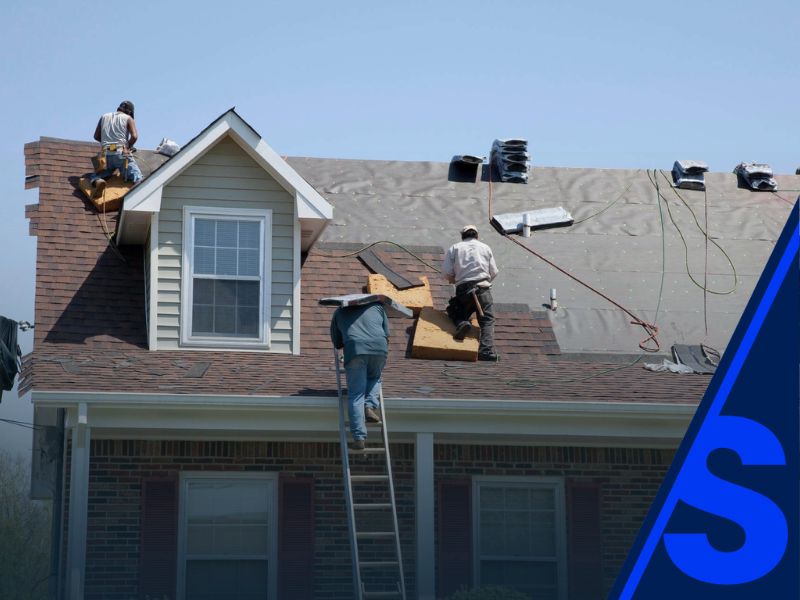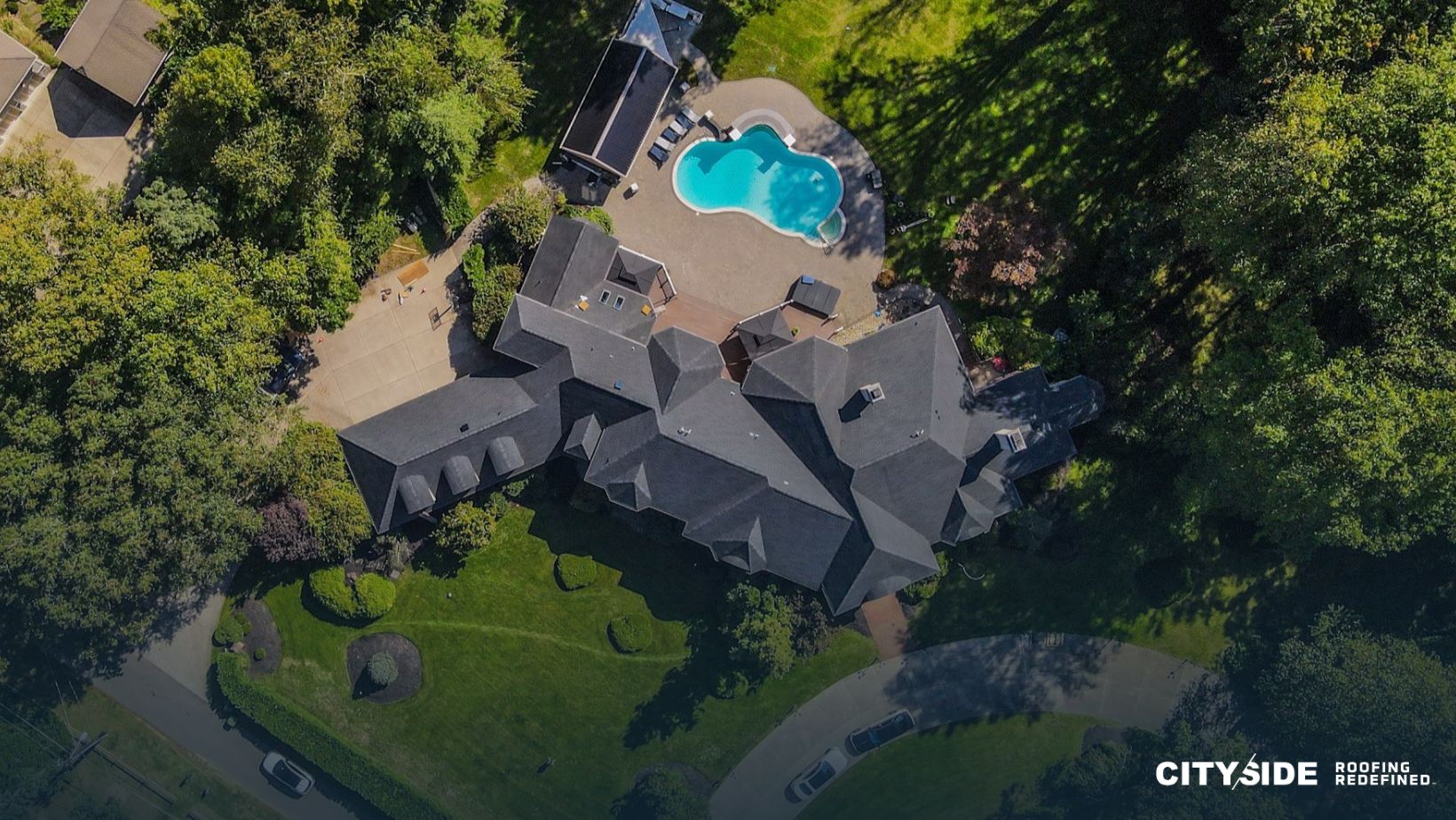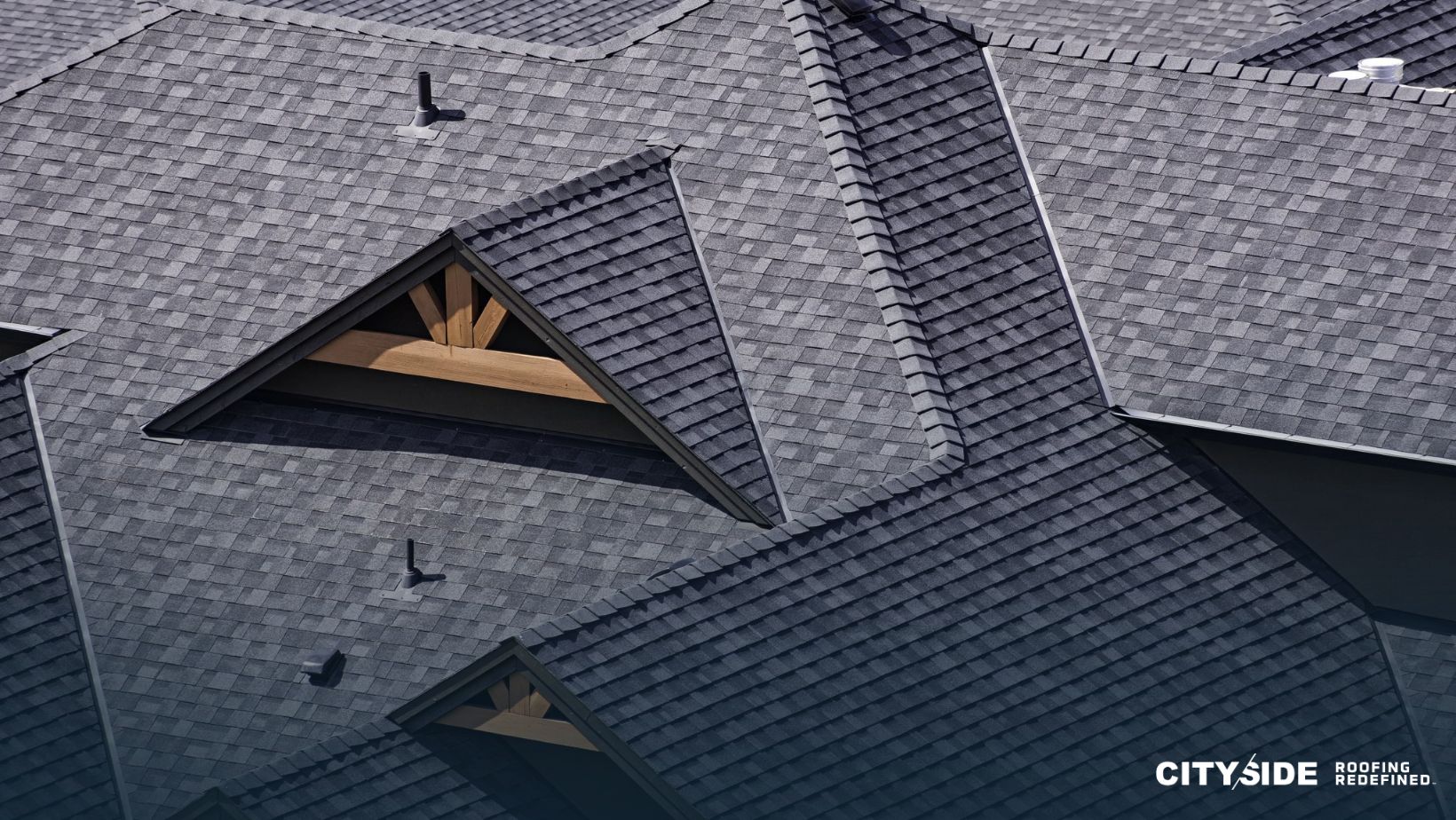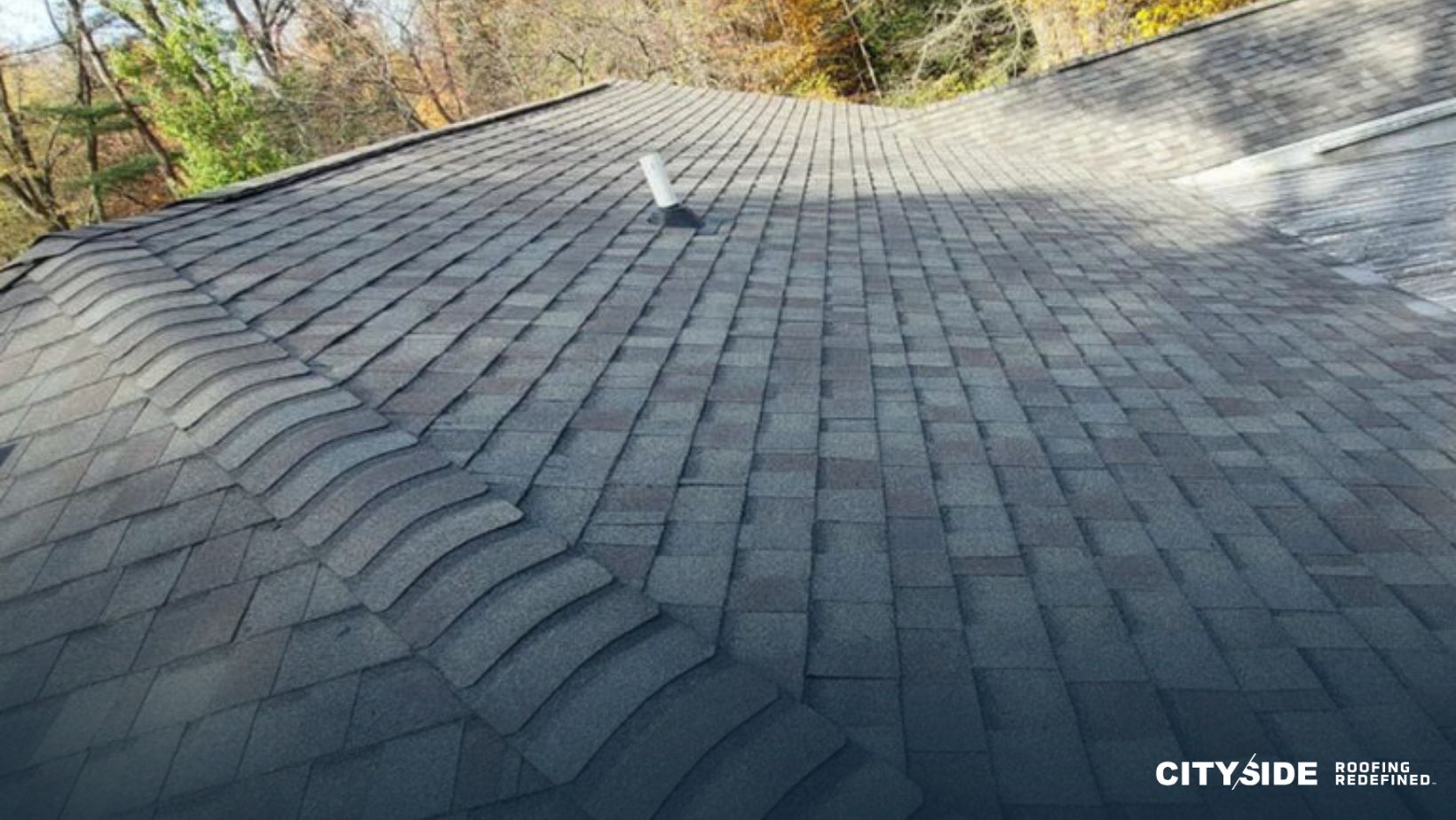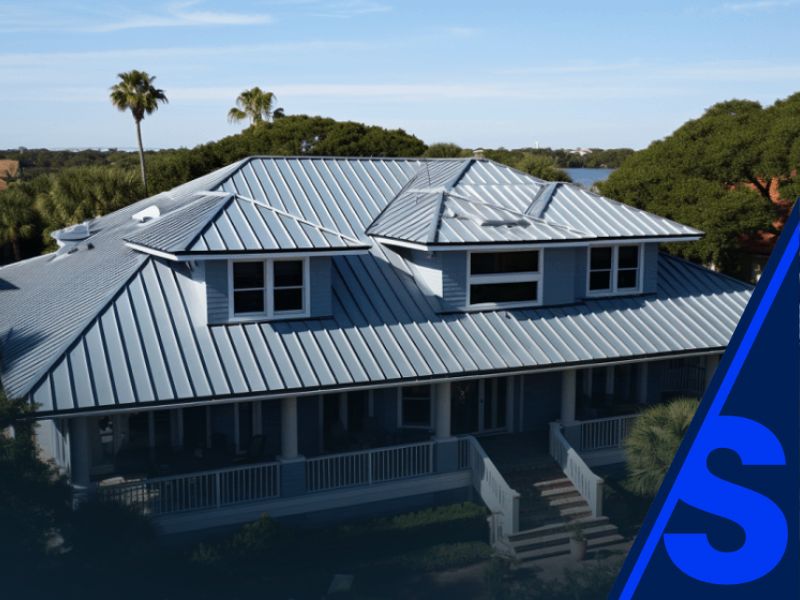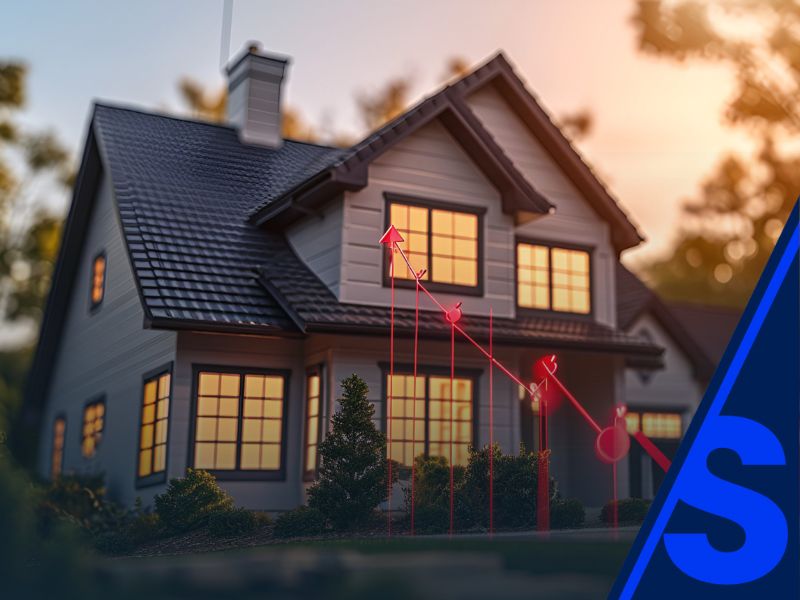Table of Contents
1. Introduction
As Florida’s construction industry evolves, sustainability is no longer just a trend—it’s a necessity. With intensifying weather patterns and increased regulatory pressures, home builders are turning toward green building certifications like LEED (Leadership in Energy and Environmental Design) to meet environmental goals, attract eco-conscious buyers, and future-proof their developments.
One area where LEED standards make a significant impact is roofing. From material selection to energy efficiency, choosing the right LEED-certified roofing solution can help Florida builders meet code requirements, reduce energy costs, and deliver better performance—especially during Florida’s storm season.
In this guide, we explore how to select LEED-certified roofing materials for high-performance Florida roofs, the benefits they bring to large-scale developments, and why working with a trusted roofing contractor in Florida like CitySide Roofing is key to getting it right.
2. Why LEED Certification Matters in Construction
LEED is a globally recognized green building rating system. It provides third-party verification that a building or community was designed and built using strategies aimed at improving performance across key areas like energy savings, water efficiency, CO2 emissions reduction, and indoor environmental quality.
For home builders in Florida, achieving LEED points through sustainable roofing materials can:
- Increase property value
- Reduce long-term operational costs
- Improve marketability to eco-conscious buyers
- Ensure compliance with green building codes and incentive programs
When constructing high-density or custom communities, LEED compliance helps set developments apart in a competitive housing market.
3. Key Characteristics of LEED-Certified Roofing Materials
To contribute to LEED certification, roofing systems must meet criteria that emphasize sustainability, performance, and environmental impact. Key attributes include:
- Solar Reflectivity (Albedo): Materials that reflect sunlight reduce heat absorption, lowering cooling costs and reducing the urban heat island effect.
- Recycled Content: LEED credits are awarded for the use of materials with high post-consumer or post-industrial recycled content.
- Durability: Longevity is considered sustainable; longer-lasting roofs require fewer replacements and generate less waste.
- Regional Sourcing: Materials sourced within 500 miles of the job site reduce the environmental impact of transportation.
- Energy Efficiency: Insulated or cool roofs help reduce building energy use, supporting LEED energy performance credits.
By selecting materials that meet these requirements, builders can earn multiple LEED points in the Materials and Resources, Energy and Atmosphere, and Sustainable Sites categories.
4. Best LEED Roofing Materials for Florida Roofs
Florida’s unique climate—characterized by heat, humidity, and hurricanes—demands roofing materials that are both sustainable and storm-resistant. Some of the top options include:
Metal Roofing
Metal roofs are 100% recyclable, highly reflective, and often manufactured with recycled materials. They’re also incredibly durable, withstanding high winds and flying debris. LEED credits may apply for recycled content and solar reflectance.
TPO (Thermoplastic Polyolefin)
TPO is a single-ply roofing membrane known for its energy efficiency and white reflective surface. It’s ideal for flat or low-slope roofs in multifamily developments.
Cool Roof Shingles
Asphalt shingles infused with solar-reflective granules help reduce roof surface temperatures. When ENERGY STAR® rated, they contribute to LEED credits for thermal performance.
Green Roof Systems
For select multifamily or urban projects, green roofs (vegetative roofing systems) provide stormwater management and reduce the urban heat island effect—both of which contribute to LEED points.
Choosing the right roofing system not only supports LEED certification but ensures the roof is built to perform during Florida’s stormy seasons.
5. How to Prepare for Florida’s Storm Season with Sustainable Roofing
LEED-certified doesn’t mean fragile. In fact, many sustainable roofing systems outperform conventional ones during severe weather. Here’s how to combine green building with storm preparedness:
Select Impact-Resistant Materials
Choose roofing systems rated to withstand flying debris and hail. Metal roofs and impact-resistant shingles offer strong protection in high-wind zones.
Use Proper Fastening Systems
Roofing systems in Florida must comply with high-velocity hurricane zone (HVHZ) standards. Use enhanced fasteners and adhesives rated for hurricane-force winds.
Install Secondary Water Barriers
To protect against water intrusion in the event of shingle or tile displacement, install an underlayment or peel-and-stick membrane that qualifies as a secondary moisture barrier.
Ensure Proper Drainage
Efficient drainage systems are vital in high-density builds. Incorporating well-designed slope, gutters, and scuppers prevents water pooling, reducing roof stress and leak risk.
Builders can consult with a roofing contractor in Florida like CitySide Roofing to specify sustainable, storm-resilient roofing systems that meet both LEED and Florida Building Code requirements.
6. Choosing a Trusted Roofing Contractor in Florida
Selecting roofing materials is only half the battle. Proper installation by an experienced and certified roofing contractor is essential. Here’s why builders turn to CitySide Roofing:
- Expertise in LEED Projects: CitySide is experienced in supporting green building initiatives and LEED-certified developments across Florida.
- Storm-Ready Installations: All systems are installed to meet or exceed HVHZ requirements.
- Material Sourcing Guidance: CitySide partners with sustainable roofing manufacturers and helps builders source regionally, increasing LEED point eligibility.
- Code Compliance: Every project adheres to local, state, and federal building regulations.
Looking to add LEED points to your next project? Contact CitySide Roofing to discuss sustainable and storm-safe solutions tailored to Florida developments.
7. Why Builders Partner with CitySide Roofing
CitySide Roofing has built a reputation for excellence in both residential and commercial roofing throughout Florida. With a focus on quality, compliance, and innovation, CitySide helps builders achieve:
✅ LEED Certification Support – With material recommendations and documentation assistance.
✅ Hurricane-Ready Roofing – Installing wind-tested, impact-rated systems ideal for Florida roofs.
✅ Efficient Installations – Timely and clean execution of large-scale or high-density roofing projects.
✅ Sustainability Consulting – Guidance on the greenest roofing practices and materials.
✅ Personalized Service – One-on-one builder support throughout the project lifecycle.
Whether you’re building a 200-unit community or custom coastal homes, partnering with an expert roofing contractor in Florida ensures you meet today’s demands and tomorrow’s standards.
8. Final Thoughts
Incorporating LEED-certified roofing into your Florida builds is a smart investment that pays off in energy savings, storm resilience, and buyer appeal. As climate risks increase and building codes tighten, choosing sustainable, high-performance roofing is more important than ever.
CitySide Roofing is proud to be a leader in environmentally responsible, storm-ready roofing solutions for Florida builders. Let us help you meet your green building goals while protecting your investments from Florida’s toughest weather.
Contact CitySide Roofing today to learn more about our LEED-ready roofing systems and get expert advice tailored to your next development.
Related Reading: Best Roofing Materials for Florida Home Builders
